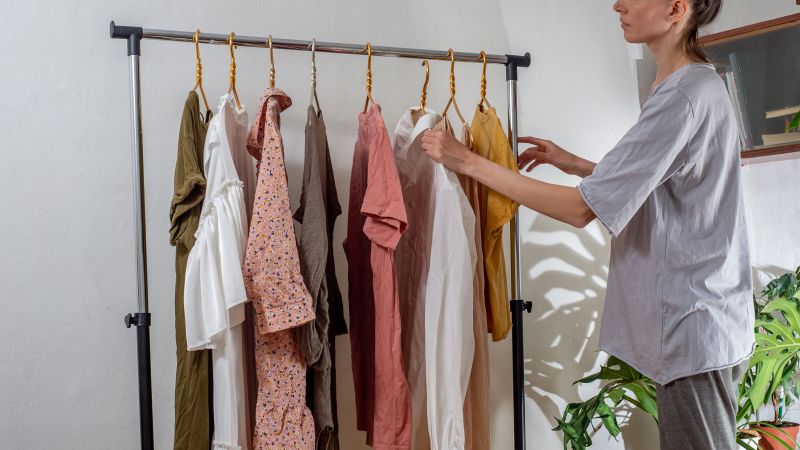Americans are increasingly embracing the underconsumption core trend as a response to what they perceive as pressure from social media influencers to constantly purchase new products. This lifestyle involves using a small rotation of items for years rather than chasing the latest trends, with many users posting videos on platforms like TikTok to showcase their minimalist approach to consumption. This trend is seen as a pushback against the narrative that buying things is essential for happiness and fulfillment, with searches for “underconsumption core” increasing significantly over the past year.
Influencers promoting lifestyles and products that encourage excessive buying are being criticized by those in the underconsumption core community. Consumers are increasingly turning away from the trap of overconsumption, where they feel pressured to accumulate unnecessary items. This trend is also driven by a desire to reduce environmental impact by minimizing waste and purchasing thoughtfully. As interest rates rise and inflation affects prices across various sectors, many are reevaluating their spending habits and turning towards a more mindful approach to consumption.
Those participating in underconsumption core activities are not only minimizing their possessions but also seeking quality over quantity in their purchases. Many advocate for buying items that are durable and will last long, even if they come with a higher price tag. This approach is also linked to concerns about the environmental impact of fast fashion and excessive material consumption. By prioritizing quality over quantity, consumers are taking steps towards a more sustainable and mindful lifestyle.
While the underconsumption core trend is gaining traction, overall consumer spending remains strong in the United States. Some individuals, like Suzanne Lambert, have found that watching underconsumption videos has helped them reassess their purchasing decisions. However, Lambert also highlights that the prescriptive nature of under- and overconsumption labels may not be suitable for everyone, as individual preferences and circumstances vary. Scott Rick, a marketing professor, suggests that both under- and overconsumption can serve different emotional needs for individuals, and there is no one-size-fits-all measure for appropriate spending habits.
Despite the rise of underconsumption core, some experts like Scott Rick argue that retail therapy can be beneficial for some people, providing a sense of control and comfort. The trend towards underconsumption may normalize a more balanced approach to purchasing, moving away from the excesses of recent years where consumerism was rampant. As individuals like Diana Wiebe and Katrina Leibee push back against inauthentic marketing tactics and question the necessity of constantly acquiring new products, a shift towards more mindful and intentional consumption habits is emerging in American society.


